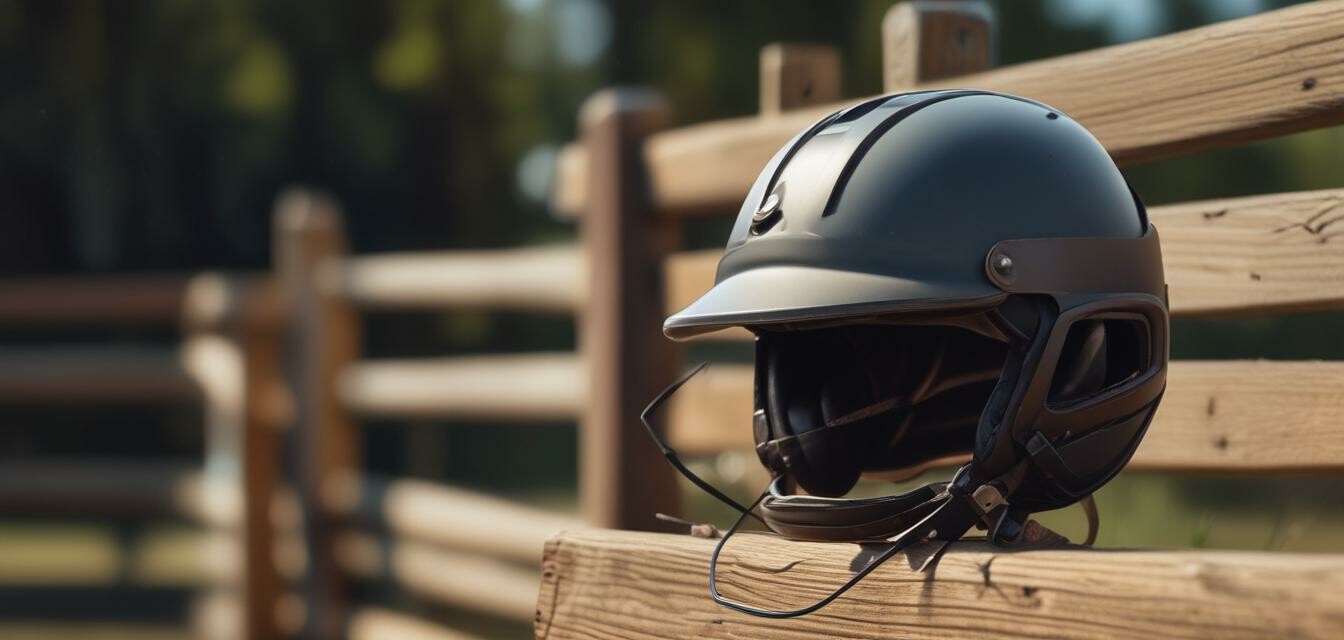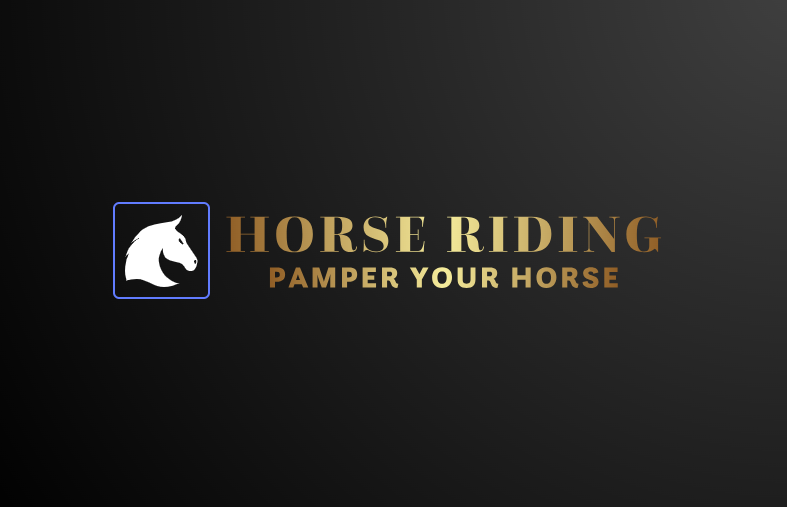
A Comprehensive Guide to Riding Helmets
Key Takeaways
- Riding helmets are essential for safety in equestrian sports.
- Choose a helmet that meets safety standards appropriate for your riding style.
- A proper fit is crucial for protection and comfort.
- Personal style can also play a role in helmet selection, with various designs available.
- Regularly inspect and replace your helmet as necessary to ensure ongoing protection.
Riding helmets are a crucial component of safety for anyone involved in equestrian sports. Not only do they protect riders from potential head injuries, but they also help ensure a more enjoyable riding experience. As a responsible rider, understanding how to choose the right helmet based on safety standards, fit, and personal style is essential. This comprehensive guide will provide you with the information needed to make an informed decision.
The importance of safety in equestrian sports
Equestrian activities, while exhilarating, come with inherent risks. Falling from a horse can lead to serious injuries, making a properly fitted riding helmet non-negotiable for riders of all experience levels. Helmets play a vital role in absorbing impact and reducing the risk of head injuries.
Choosing the right riding helmet
When selecting a riding helmet, consider the following factors:
| Factor | Description |
|---|---|
| Safety standards | Ensure the helmet meets appropriate safety certifications for your riding discipline. |
| Fit | A helmet must fit snugly without being too tight. Measure your head and consult size charts. |
| Style | Choose a design that reflects your style while not compromising on safety features. |
Safety Standards for Riding Helmets
Different riding disciplines have specific safety standards that must be met. Here are a few key certifications to be aware of:
- ASTM F1163 (United States)
- EN1384 (European Union)
- VG1 (International)
How to ensure a proper fit
Finding the right fit for your riding helmet is essential. Follow these steps to ensure your helmet fits correctly:
- Use a tape measure to measure the circumference of your head.
- Check the manufacturer's size chart to find the corresponding helmet size.
- Try on the helmet with any necessary padding or liners for accurate fitting.
- Ensure the helmet sits level on your head, about one finger width above your eyebrows.
- Make sure it is snug, without being overly tight, to avoid discomfort.
Personal Style and Riding Helmets
While safety should always be the priority, personal style can also influence your choice of a riding helmet. There are many designs available, from classic black to vibrant colors and unique textures. Here are some tips for choosing a helmet that reflects your style:
- Look for custom designs that offer personalization.
- Consider helmets with decorative elements like embellishments or patterns.
- Explore brands that provide a range of sizes and colors to suit your taste.
Maintaining your riding helmet
Proper care is essential to prolong the life of your riding helmet and ensure your continued safety:
- Regularly inspect for any signs of damage, including cracks or dents.
- Clean the helmet with mild soap and water; avoid harsh chemicals that could damage materials.
- Replace your helmet after a significant fall or impact, as it may no longer provide adequate protection.
Conclusion
Choosing the right riding helmet is a critical aspect of equestrian safety. By considering safety standards, ensuring a proper fit, and expressing your personal style, you can find the perfect helmet that meets your needs. For more insights into equestrian gear and safety equipment, explore our Buying Guides section.
Pros
- Helmets significantly reduce the risk of head injuries.
- Varied designs allow for personal expression while riding.
- Properly fitting helmets enhance comfort and stability.
Cons
- Quality helmets can come at a higher price point.
- Finding the right fit and style may require trying multiple options.
